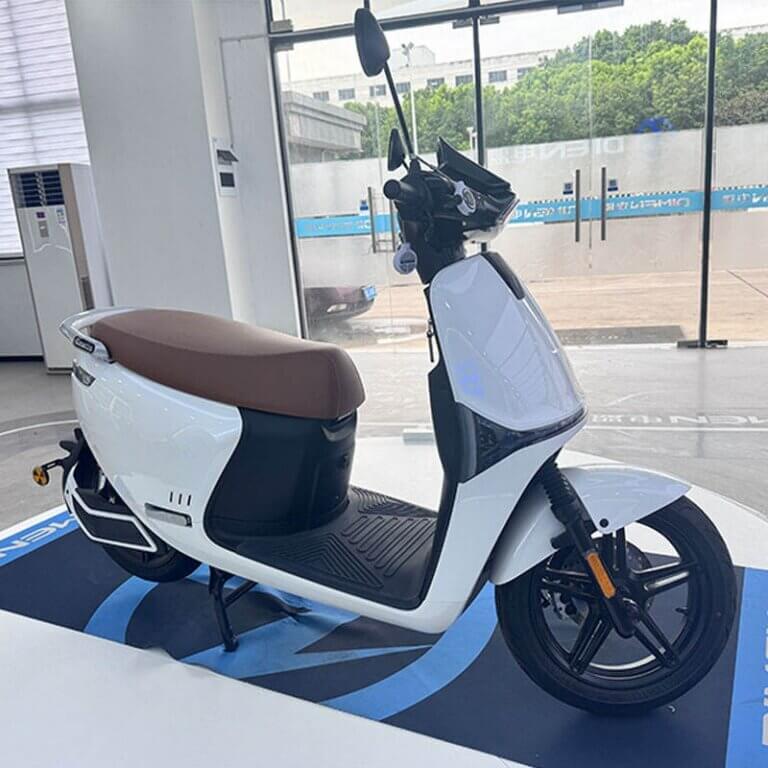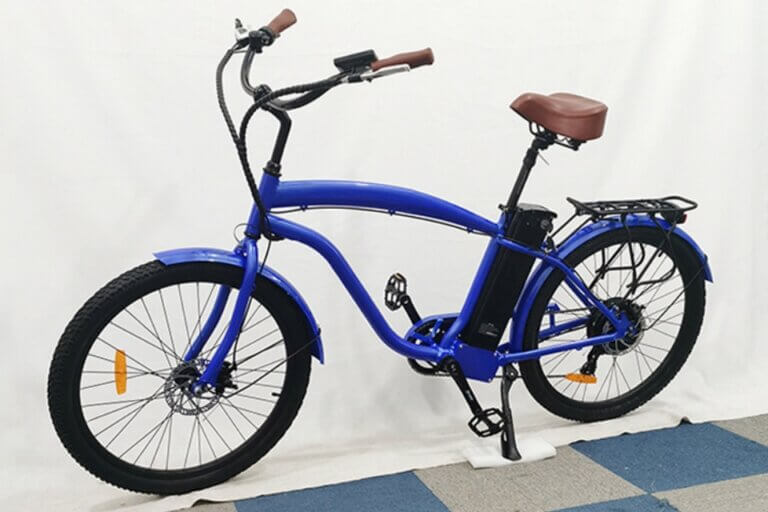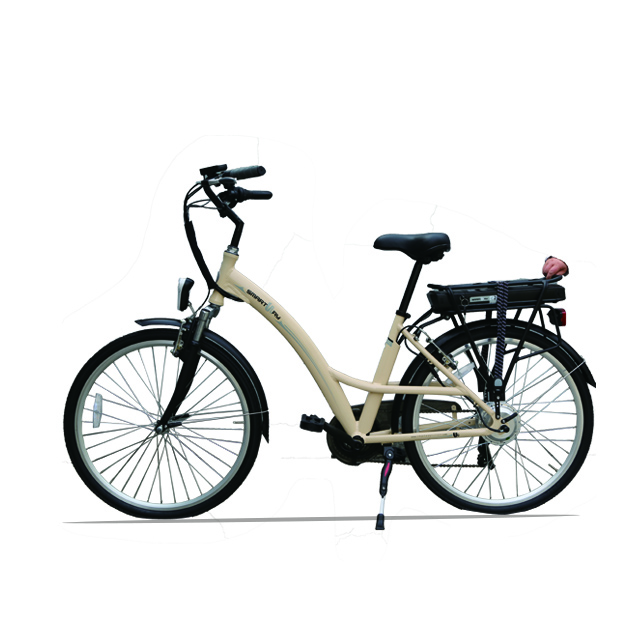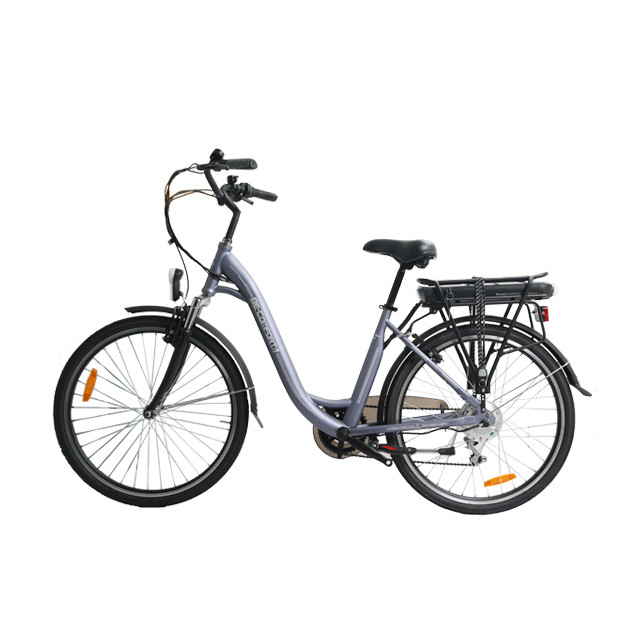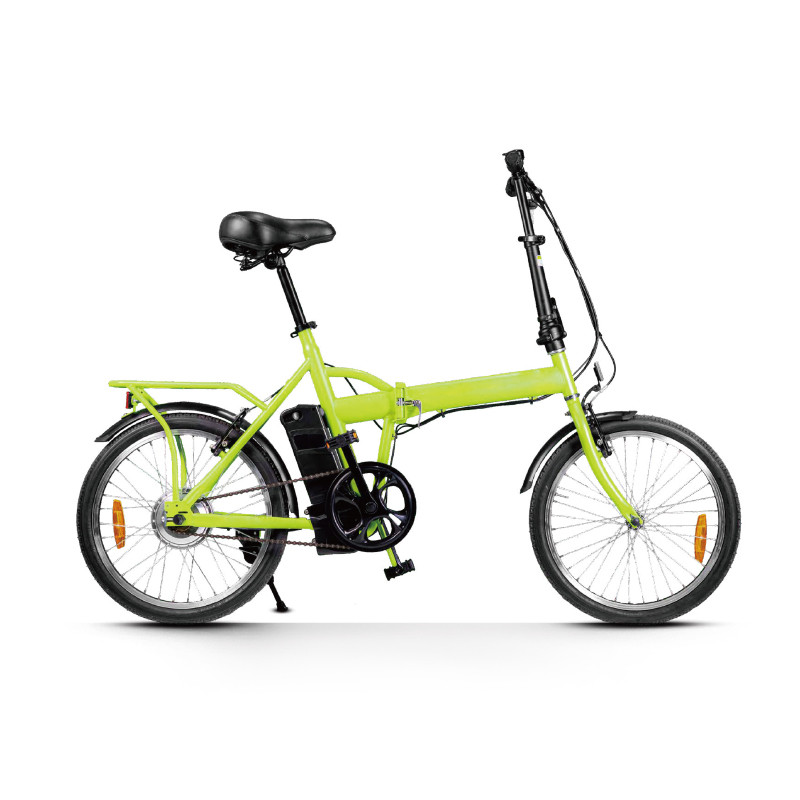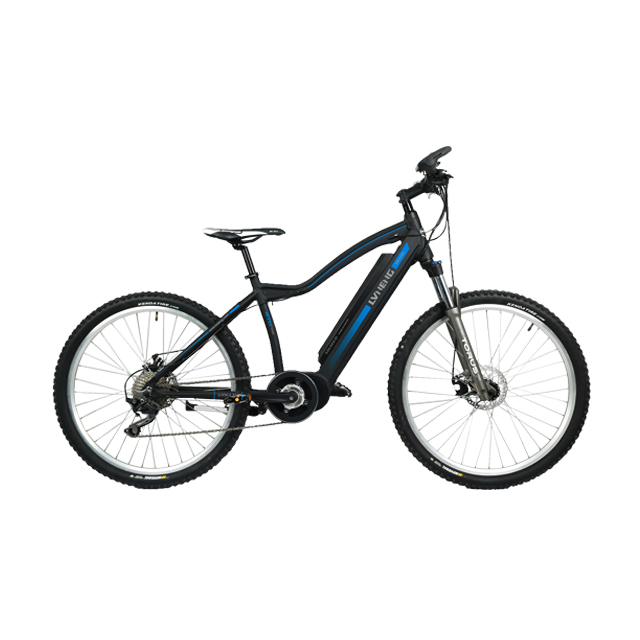-
414 Block B, ZT Times Plaza, Wuhan, Hubei, China
Blog
Sharing Scooters for Public Transit Connection
15Y electric scooter manufacturer Plant — ISO-certified, bulk-friendly, OEM/ODM partner
Why “first/last mile” matters for transit connectivity
You know the pain: the bus or metro is great, but the stop isn’t right by your door. That gap kills mode share. Shared e-scooters shrink that gap, extend your reach, and make transfers feel less like a chore. Across multiple studies, scooters show clear feeder potential to stations—especially in dense corridors with spaced-out stops.
NACTO’s recent snapshot also shows demand is real: 2023 set a record of ~157 million shared bike & scooter trips in the U.S. and Canada, signaling that micromobility is now mainstream—not a side project. That momentum matters for agencies planning integrated networks.
“Complement or compete” with transit? The honest answer: both
Let’s keep it straight. Scooters sometimes complement rail/bus as a short connector, and sometimes substitute for short bus rides. A well-cited evaluation found the overall net effect on bus ridership hovered around ~–0.08% (basically neutral), suggesting the two forces often cancel out at system level. The local context—stop spacing, hills, bike lanes, peak vs. off-peak—decides the balance.
Newer work paints a more nuanced picture: in certain regions, scooters replaced short PT trips, while in other regions they boosted boardings by making stations easier to reach. Translation: design and policy choices tilt the outcome.
Safety isn’t optional: design, speed, and separation
If you want sustainable mode shift, you need safe operations. ITF/OECD’s 2024 materials underline three pillars: infrastructure (protected space), speed management, and better vehicle design. As ridership scales, total incidents can rise even while risk per trip falls, so governance must keep pace: geofenced slow-zones, clear night rules, and visible parking.
Cities like Los Angeles also show how parking policy, corrals near stations, and data-driven enforcement reduce clutter and improve the transfer experience.
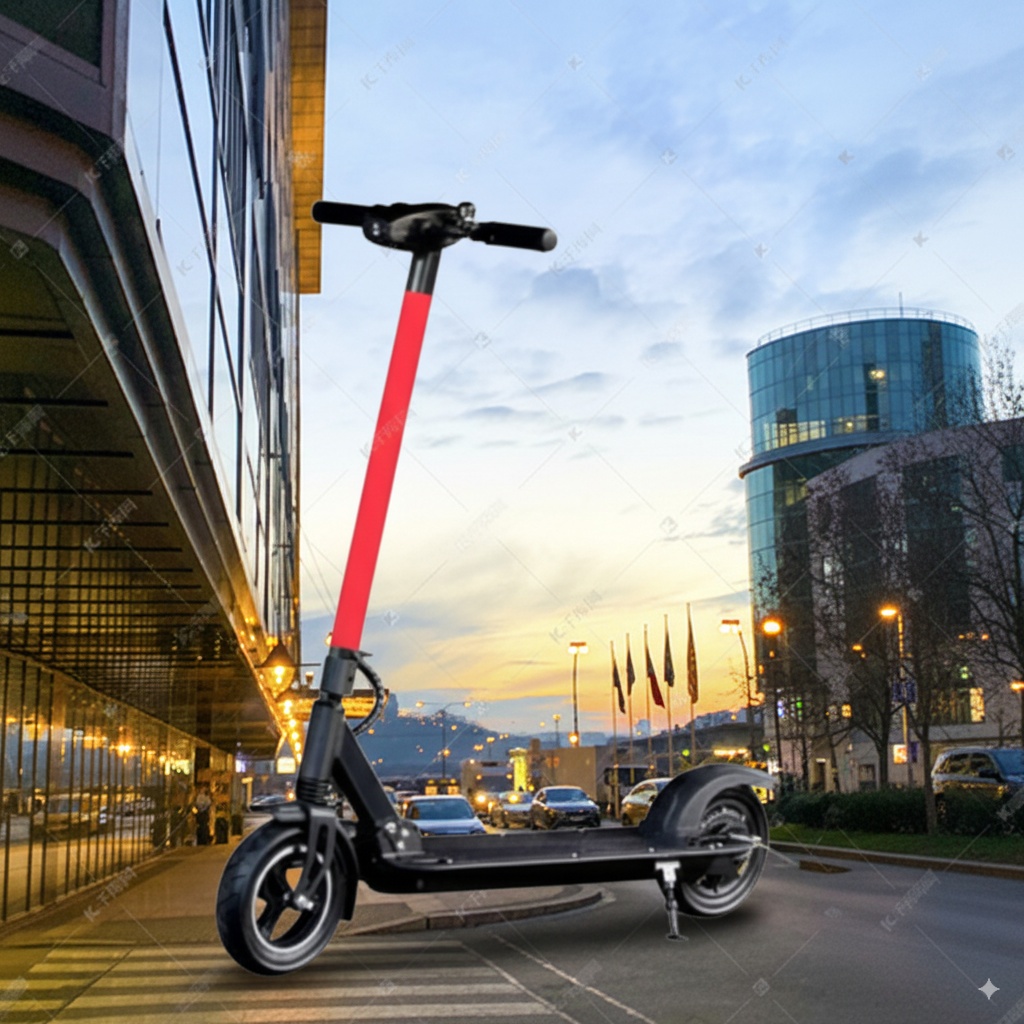
Equity and reach: don’t just serve the “easy” blocks
Equity studies for big U.S. cities recommend coverage in disadvantaged areas, cash/alternative payments for the unbanked, and fares that work for frequent riders. That’s how you turn a nice gadget into a true access tool—so the first/last mile works for everyone, not just early adopters.
Market signal: micromobility demand is robust
The ridership curve keeps climbing. 157M trips in 2023 is a useful planning anchor for agencies and operators deciding where to deploy lanes, corrals, and APIs for fare integration. It’s simple: people will use light, nimble options if the path is safe and the handoff to transit is smooth.
Evidence table: what the research says (and when it applies)
| Topic / Keyword | What to expect | When it’s true | Source |
|---|---|---|---|
| First/Last-Mile Feeder | Scooters expand station catchment and cut transfer friction | Dense corridors; station spacing > 500 m; safe lanes nearby | |
| Ridership Impact | Complement + substitution; net near-neutral in some bus systems | Overlap with short bus trips; competitive travel time | |
| Regional Variation | In some zones scooters replace short PT; in others they lift boardings | High-density “core” vs. “intermediate” rings | |
| Safety Levers | Protected lanes, smart speed, better hardware design | Downtown slow-zones; station-adjacent corrals | |
| Curb/Parking Mgmt | Marked corrals reduce clutter and speed turnovers | Station forecourts; high-turnover curbs | |
| Demand Signal | Micromobility is mainstream: record trips in 2023 | Cities investing in continuous networks |
Bonus perspective: lifecycle emissions improve with durable, swappable-battery fleets and tighter ops—another reason to spec pro-grade hardware and smarter logistics.
How to make scooters actually connect to transit (no fluff, just levers)
Network integration & ops
- Corridor-first siting: Drop fleets within 300–500 m of major stops; place corrals exactly where transfers happen.
- Lane continuity: Fill the gaps between neighborhood streets and mainline protected lanes so the ride feels one piece, not three.
- Speed governance: Use geofenced slow-zones in busy plazas and station forecourts; lift caps where separation is good (safer and faster turnover).
- Data + SLAs: Contract for fleet uptime, max response time for rebalancing, and parking compliance. Dashboards should expose API hooks to transit planners (MaaS, fare products, GTFS-flex).
- Equity coverage: Define mandatory service polygons in coverage-poor neighborhoods; enable cash/QR top-ups at kiosks.
Vehicle & maintenance (reduce OPEX, boost rider trust)
- Fleet-grade frames (IPX-rated), anti-vandal parts, and modular assemblies cut downtime.
- Swappable batteries keep vehicles live near stations; less dead-fleet near your platform.
- Telemetry + OTA: Real-time tilt and brake health; OTA firmware; geofencing consistency across vendors.
- Lighting + braking tuned for night transfers; wider decks help with bags.
- Spare strategy: Stock fast-fail parts (stem, tires, brake pads). Increase MTBF and keep rolling.
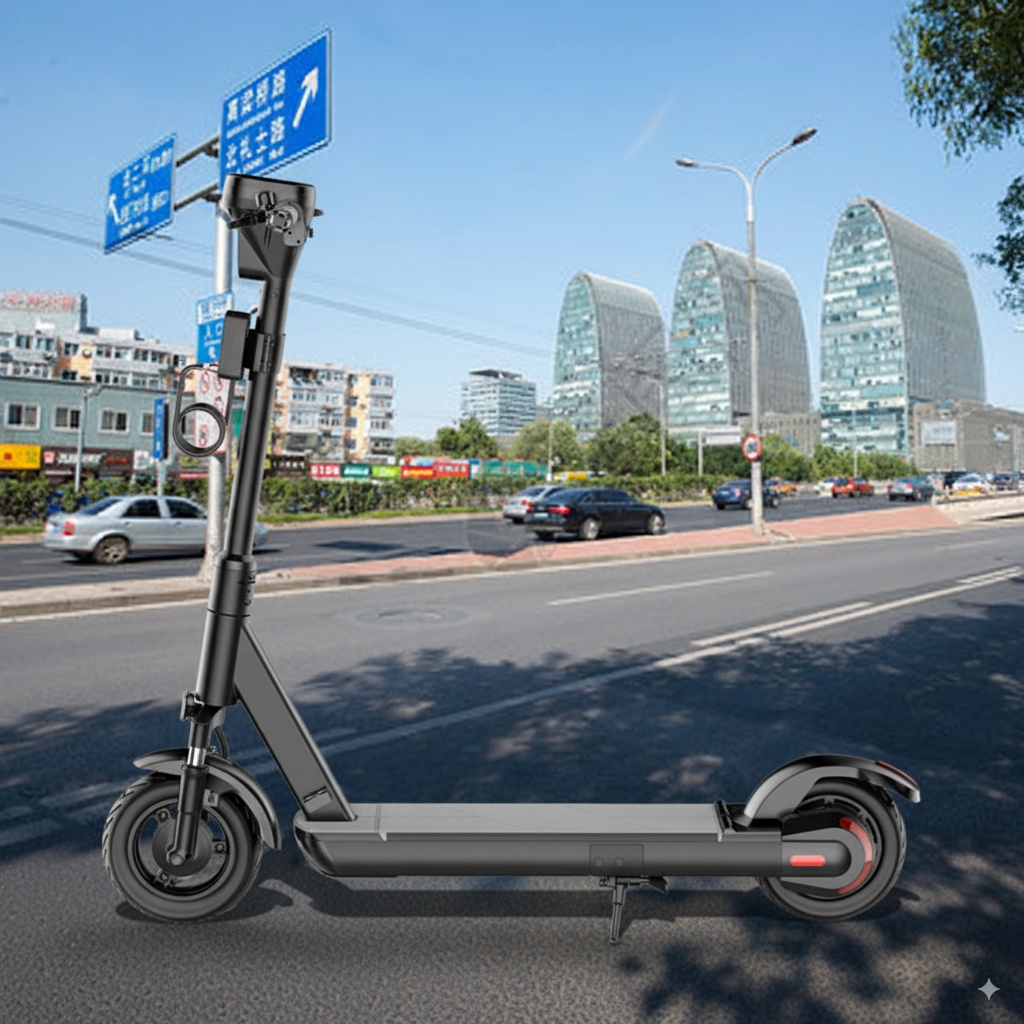
Put it to work with EZBKE Sharing Scooter (B2B ready)
You want hardware that survives real street use and slots into your transit plan. We build sharing-grade vehicles and support bulk, custom, and OEM/ODM.
- Category hub: Sharing Scooter — models for dockless, hub-based, and campus networks.
- Pro build for fleets: FS Pro mobility electric motor scooter for adults supplier.md — rugged frame, telemetry options, swappable battery, fleet uptime in mind.
- Compact, foldable connector: Best foldable electric scooter for commute bike wholesaler.md (Super S) — nimble, easy to stage around stations, great for campus or feeder pilots.
- Load-friendly option: S1 foldable electric scooter for adults 300 lbs factory.md — stability for larger riders, good for inclusivity targets.
We design for ISO-certified production and large orders. Need branding, telemetry, or custom geofencing firmware? We do that. Bulk discount tiers available.
Transit keywords that matter (and how EZBKE maps to them)
- First/Last-Mile Transit Connector → swappable batteries for uptime, geofenced slow-zones at stations, corrals kit.
- Micromobility-Transit Integration (MaaS) → open APIs, webhook events (unlock/lock near stops), fare product bundling.
- Curb Management / Parking Compliance → on-device parking-finishing prompts, QR-guided photo proof, auto-nudge for re-park.
- Safety Management → speed caps, firmware-level braking profiles, IP rating, lighting that respects plaza conflicts.
- Equity & Coverage → service polygons, kiosk top-ups, multilingual UX.
We call this whole package Urban M—a practical set of deployment patterns for urban mobility programs that link scooters to rail and bus. It’s not a theory; it’s a checklist ops teams can run.
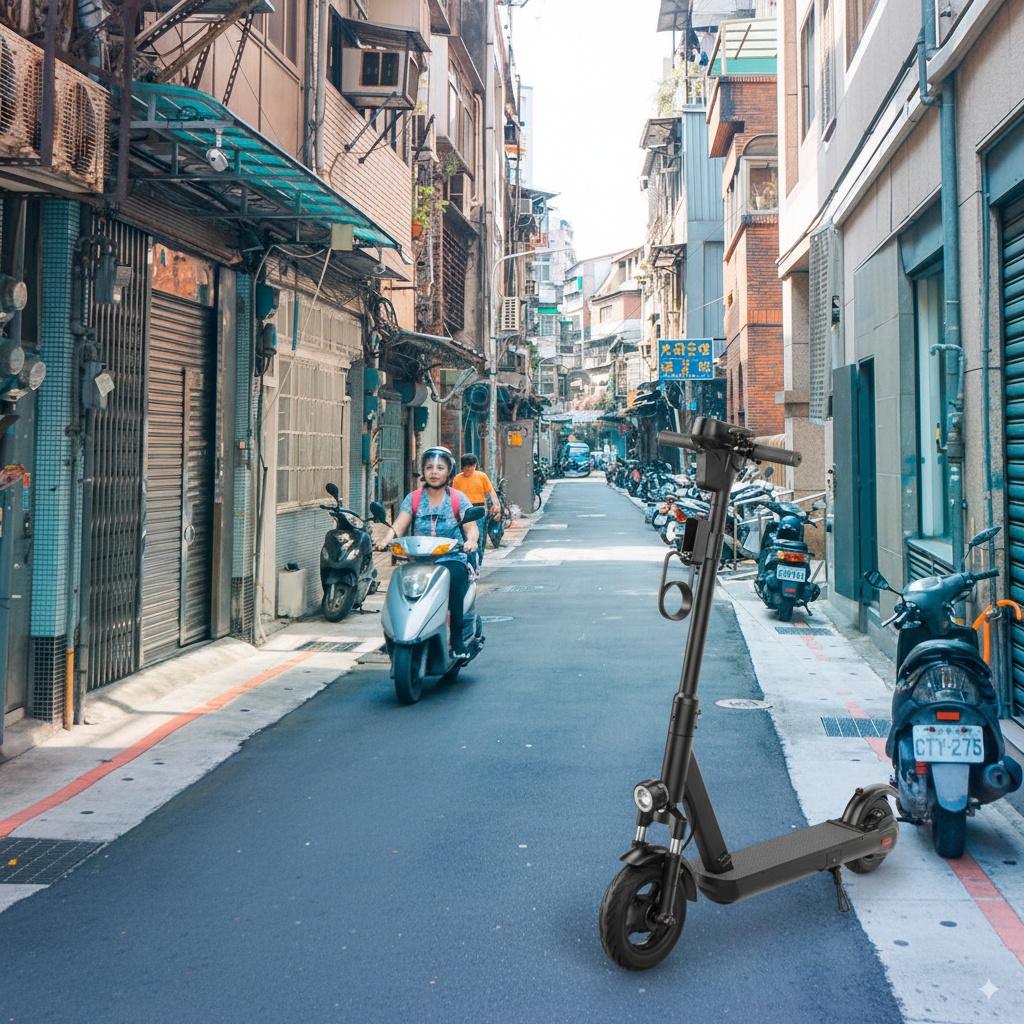
Playbook: start small, measure, scale
- Pilot 90–120 days on two station corridors with full corrals, slow-zones, and protected links.
- KPIs: transfer time, parking compliance, trip completion near stations, rebalancing response, incident rate per 10k trips.
- Tuning: move corrals 30–50 m if photos show clutter; adjust slow-zone radii; tweak hours for night operations.
- Scale: expand polygons to adjacent stations, keep the same ops SLA, add e-bike hubs if corridor loads spike.
FAQ for agencies & operators (quick hits)
- Will scooters steal my bus riders? Sometimes on overlapping short trips; elsewhere they lift train access. Net effects average out near neutral; design shifts the outcome.
- Is demand stable? Yes—2023 saw a new high. Build for continuity, not pop-ups.
- What about safety? Separate flows, manage speeds, and spec better hardware. Follow ITF/OECD guidance and track risk per trip, not just totals.
Closing thought
If you treat scooters like loose toys, you’ll get messy curbs and grumpy riders. If you treat them like transit connectors, design the lanes, set the rules, and pick fleet-grade vehicles, you’ll shorten real travel time and make bus and rail more attractive. That’s the job. EZBKE can help you build it—at scale, with durable hardware and the integrations your ops team actually needs.




